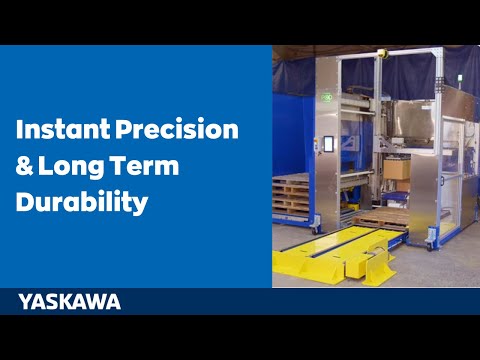
PMMI, The Association for Packaging and Processing Technologies, released its findings on automation’s impact on consumer packaged goods (CPG) companies. The organization’s new survey “Automation in CPG Companies” finds that as automation increases in importance and usability in the manufacturing sector, collaborative robots (cobots), artificial intelligence and big data can be three distinct drivers of investment and performance.
Those that are utilizing automation—particularly in the packaging sector—find themselves with a distinct competitive advantage over competitors taking a “wait and see” approach. And it appears that CPGs are aware of the growing chasm. Forty-four percent indicated that they are at least planning to increase investment in one key area driving enhancements in automation—big data analytics capabilities—in the next 18-24 months.
“Every day that companies delay implementing automation and big data solutions is a missed opportunity as those that are using it are finding immediate, and profitable success,” says Bryan Griffen, director of industry services at PMMI and former group engineering manager at Nestlé.
Indeed, no subsector of automation in the packaging industry is maturing like cobots. Unlike robots which are traditionally isolated from workers and are programmed to follow specific instructions without regard for humans, cobots operate in cooperation with humans in a shared workspace.
“[Cobots] have evolved out of the core robotic market, growing significantly over the past 10-15 years,” says Jack Uhl of the Consumer Products Group for Yaskawa America, Inc.’s Motoman Robotics Division. “From integrated vision capabilities to mimicking human kinematics, to the utilization of simple teach pendants, today’s cobots are equipped to help CPGs fill labor gaps, maximize a smaller footprint and mitigate worker safety and product contamination risks.”
Now the fastest growing segment of industrial automation, cobot use is expected to jump tenfold to 34 percent of all industrial robot sales by 2025, according to the International Federation of Robotics.
While growth is projected, PMMI’s survey found cobot use in packaging, remains relatively low with just 10 percent claiming adoption. However, of those that are embracing the technology to address workforce and efficiency, an overwhelming 86 percent report an increase in productivity. Within that 86 percent, nearly one in five users indicate significantly increased productivity. From a return on investment point of view, 78 percent report that whether it be a decrease in labor cost or an increase in output, cobots directly increase their company’s earnings.
For Amway, an $8.7 billion health, beauty and home care products provider, cobots checked all of the workforce and increased efficiency and productivity boxes according to Jeff Kirn, manager, Amway Project Engineering.
“Our primary driver in pursuing cobot applications was to help alleviate stresses in our manufacturing operations from labor shortages,” says Jeff Kirn, manager, Amway Project Engineering. “Not only did cobots address our labor issue through automation which increased productivity, but we have realized a significant reduction in direct labor costs.”
Artificial intelligence (AI) is one of the significant attributes driving cobot use, freeing robots from guarded situations to allow them in the immediate proximity of humans. In addition to its use in cobots, 63 percent of PMMI’s survey respondents using AI believe it's essential to their ability to address challenges on the packaging line. This momentum further supports the findings that automation and big data are increasing in use so that CPGs can keep pace with their competitors.
As technology continues to advance, PMMI’s membership of original equipment manufacturers is working to provide machines that offer integration ready automation while remaining flexible enough to accommodate changing manufacturing demands. Additionally, PMMI provides services for CPGs that include automation training, education and consulting.
Methodology
The survey gathered responses Sept. 20 – Oct. 11, 2018, from more than 740 industry professionals. PMMI defined them as individualsrepresenting a wide range of functions ator forCPG companies andproduct manufacturersin a variety of different vertical markets including food, dairy, beverage, baking and snack, pharmaceuticals, healthcare and others.
The PMMI 2017 Evolution of Automation Report presents automation challenges, opportunities, advantages and solutions from interviews with end users, OEMs and technology suppliers.





























